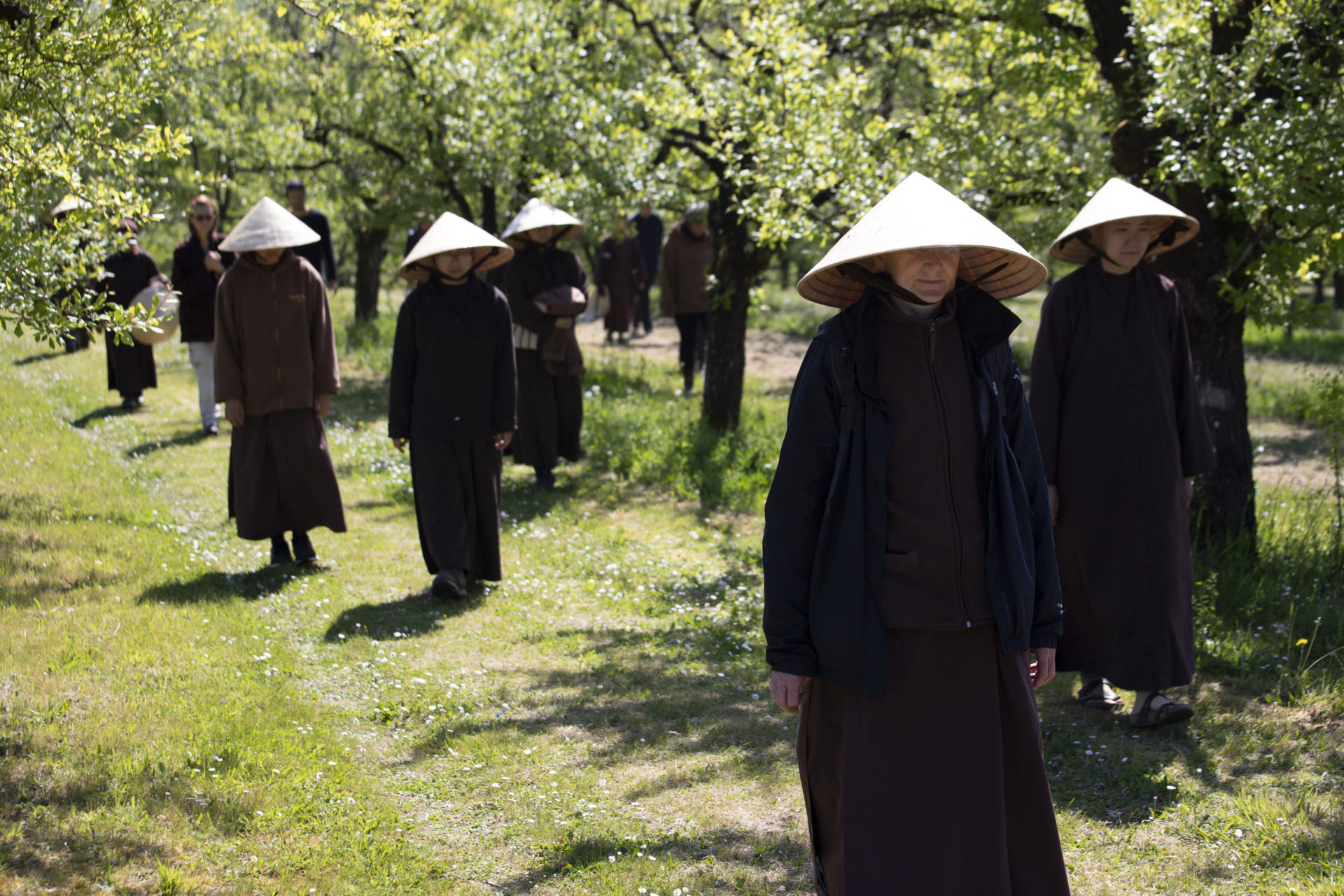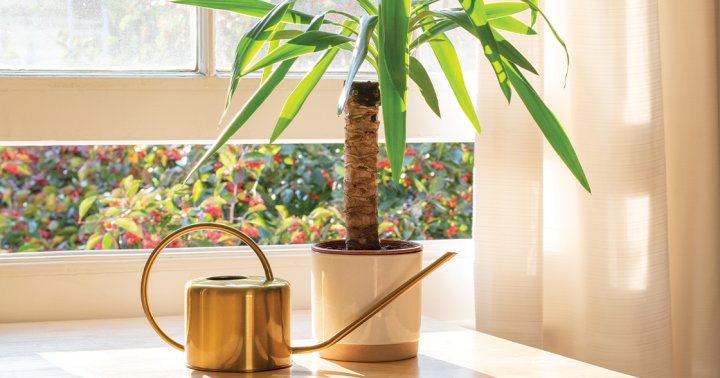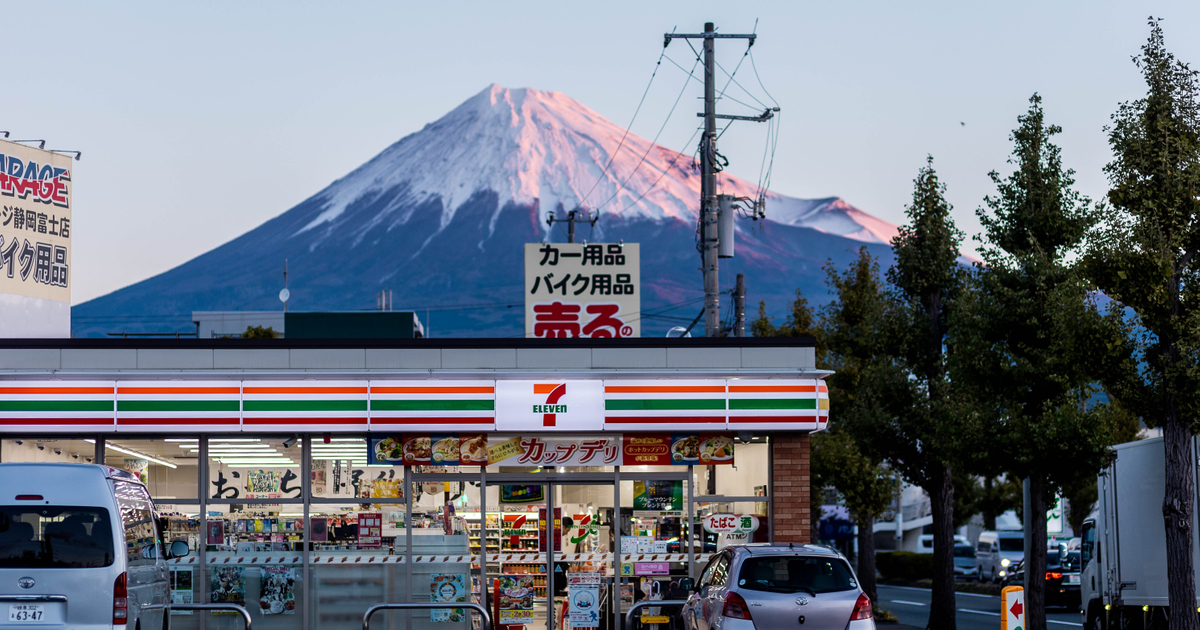Breaking Free from Addiction
The dharma can help people wake up to the truth of their substance abuse and find a way to get—and stay—sober. We present four true stories of recovery. The post Breaking Free from Addiction appeared first on Lions Roar.

The dharma can help people wake up to the truth of their substance abuse and find a way to get — and stay — sober. We present four true stories of recovery.

Photo by Ben Vaughn.
The End of Suffering
Valerie Mason-John struggled with addiction. The four noble truths taught them that they weren’t alone.
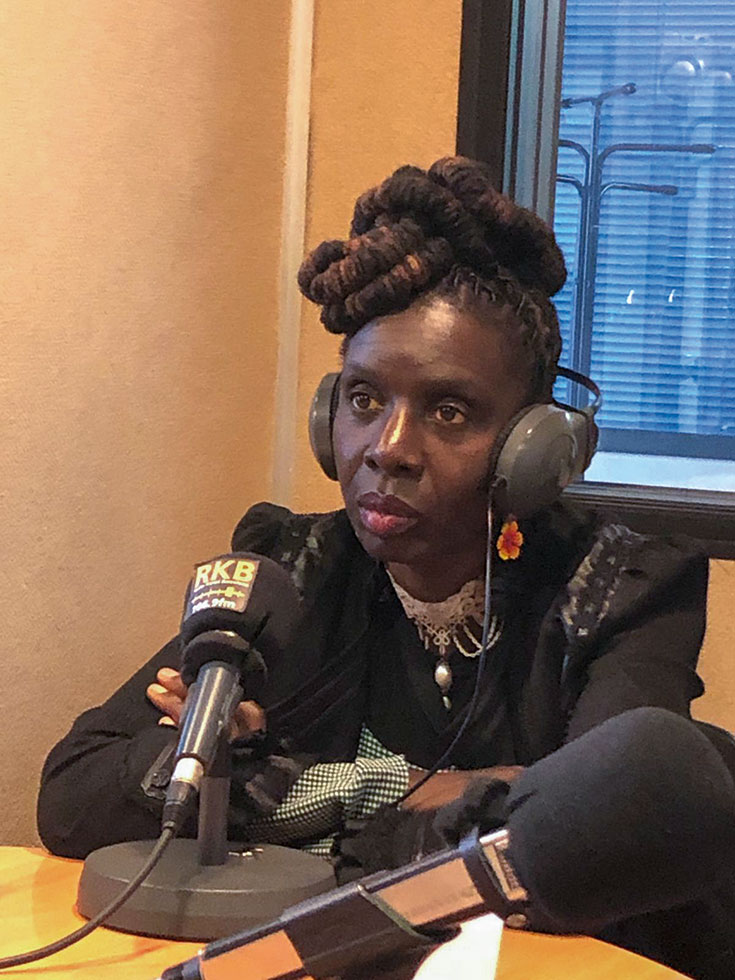
Valerie Mason-John
I was in the hell realm. I’d been diagnosed with extreme bulimia and my only respite from the struggle was using drugs. I thought the only way out was to take my life, and I had tried three times before the age of eighteen. In my twenties, I was slowly killing myself without concern, numbed through my hedonistic lifestyle of running nightclubs and Queer beauty contests, and producing festivals. My life swirled around at such a speed I could hardly catch my breath.
I had been constantly searching for something outside of myself to make me happy.
When I came across the four noble truths, it was a thunderbolt moment. I had thought I was the only one who was suffering and there was something terribly wrong with me. Not so, the dharma told me—everyone suffers. This teaching catapulted me out of the hell realm into the human realm. I had woken up and could not pretend to be asleep anymore. I knew I’d found something that would profoundly change my life.
I had been constantly searching for something outside of myself to make me happy. This was my life summed up in a sentence. I could now see how I had been creating extra suffering in my life, due to craving, greed, hatred, and delusion. The third noble truth—that the end of suffering comes with the end of craving and greed—seized me. I was caught by the dharma.
That there could be an end to suffering blew my mind.
The real work began when I was able to metabolize the truths and begin the journey of transforming my speech, actions, and mind through the eightfold path. This admonishment to us is from the Buddha’s first discourse:
Monks, there is addiction to indulgence of sense pleasure which is coarse, lowly, unprofitable, and the way of the ordinary person. There is addiction to self-mortification, which is painful, low, and coarse. Avoiding both these extremes, the Tathagata, the noble one, has realized the vision, the knowledge, that gives rise to calm, insight, enlightenment, nirvana.
I thought about these words often. Of course, I relapsed and found myself rumbling around in the hungry ghost realm. It took a great deal of time to put all these teachings into action. After many years, this teaching was enough to liberate me from my addictive and compulsive life.
One day, my publisher reached out and asked if I had another book I wanted to write. I thought about the Buddha’s words and my struggle. I’d never been public about my addictions nor my compulsive behaviors. I recovered in the rooms of meditation and Buddhism. As far as I am concerned, the oldest recovery program we know of—the oldest therapeutic program we know of today—is the Buddhist teachings. But could I step into the light?
“Oh no,” I thought, “that’s not sexy. Why do I want to talk about recovery?” Could I really wade into the coarse and lowly days of my addiction? Could I talk about my missteps of self-mortification and the painful mistakes I’d made on my way to healing? It was something I’d held so closely, had grappled with for so long it felt intrinsic to my existence.
As mulled this over on a walk, I heard this voice say: “What you have to offer is your recovery.” So I offer it to you, that it may bring you hope too.
Something Came Undone
S. Brent Rodríguez-Plate’s mind and body were disconnected when he was drinking. Meditation helped him reconnect them.
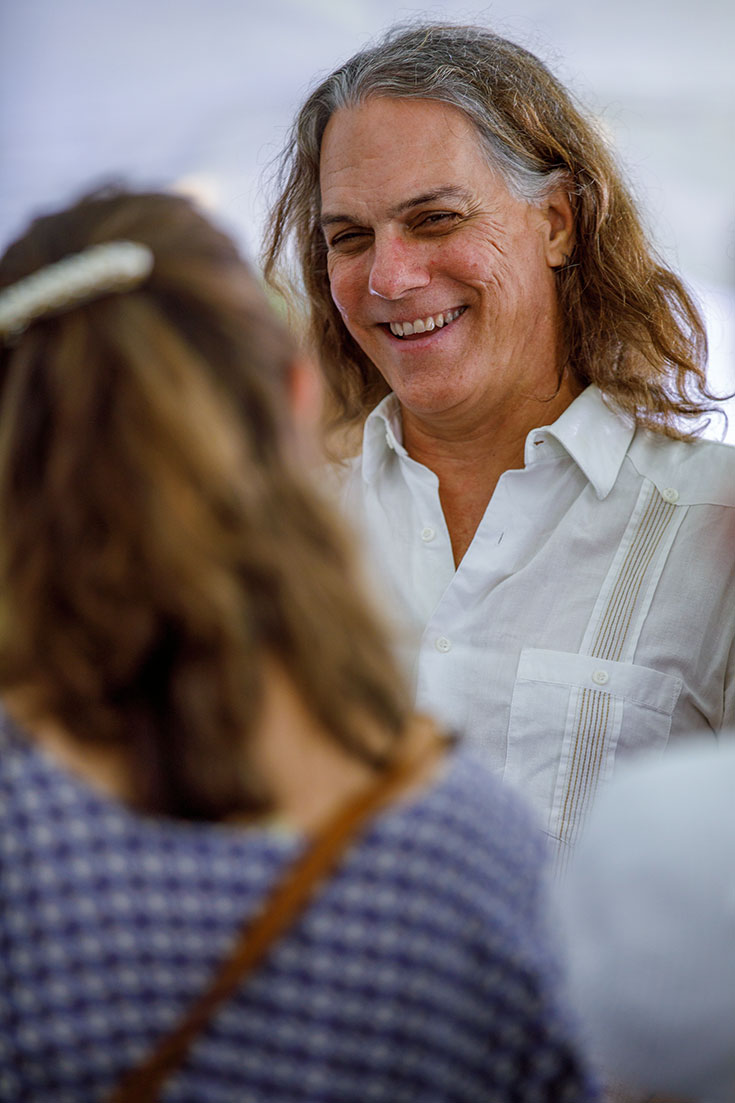
Brent Rodriguez
One day I woke up and realized I was vermin. Unlike Gregor Samsa in Kafka’s story, it didn’t happen overnight. My metamorphosis was long, perhaps as long as my life. But one way or another, one day in midlife, I awoke, had a vision, and realized something had to give.
It wasn’t one of those look-in-the-mirror moments in the movies, confronting my own face and seeing a stranger. My vision was a sight seen through bloodshot eyes: a display of Budweiser cans scattered about in my temporary digs, their vacant pop tops staring at me like a dozen hungry eyes, all hollowed out and empty. “Yet again,” I thought, as my aching head pulsed and I brooded in my solitude. “I must change my life.”
There is nothing lacking. There’s only an ever-widening distance eroding between our body and mind.
Living estranged from my family was its own hell. My endlessly gracious partner had reached her wit’s end. My children, in their youthful ways, tried to take my dependencies in stride, but try as they might, children are not so resilient. They were left battered and scarred. And I was their batterer. Never physically, but emotionally, their little lives impressed upon. One of us had to go.
A recovery program made sense. Most of these, I quickly learned, were extensions of the psychoanalytic talking cure. We talked about our problems, confessing our powerlessness in the face of alcohol. I think the program works (it can, I’ve seen it happen), based on Christian ideas centered around a sense of having a hole in one’s life. The French mathematician Blaise Pascal once wrote that we all have a “god-shaped” vacuum in our lives. Recovery and redemption alike arise through filling that hole.
So, we talked to fill up the emptiness. But it kept revolving around spoken words, sticking to metaphorical linguistics. It wasn’t long before those empty aluminum eyes were staring back at me again.
On one of those vermin days, I drank myself stupid and ended up at Blue Cliff Monastery in the Catskills, an offshoot of Thich Nhat Hanh’s Plum Village. As the drink wore off at five in the morning, I found myself in a prolonged seated meditation, all zazen and zafus. For the next two days, I didn’t talk to anyone. (Most of the monks only spoke Vietnamese anyway.) I spent the time in silence, doing seated and walking meditations, all the time, being in my body. I walked out of that place and began to get sober.
It would be nice if the story ended there. Soon after, my family life began its healing, but there were miles to go. Sobriety takes a long time. Not drinking is one thing; being of sober mind and body is another. What I learned at that monastery, through my walking and sitting, was something that moved me closer to being whole.
I learned that my main metaphor had to switch. I had to stop thinking of myself with a hole at the heart of my life and begin thinking of it as a canyon with two sides. On one side is the mind. The other side is the body. Becoming whole was not accomplished by filling up, or even bridging that gap, but by pushing the two sides together again like a great geological melding to counteract the forces of history.
Pascal and the psychoanalysts were wrong. There is nothing lacking. There’s only an ever-widening distance eroding between our body and mind.
While my main metaphor had to switch, that was just the first step. To go further into the metaphor, to find a way to bring mind and body together, I also had to get rid of the metaphors themselves. Or, at least, I had to return to the realities on which the metaphors are based. My ongoing Buddhist meditation practices helped me see how the distance I felt between mind and body may be just a metaphor I use.
As a professor of religious studies, I often have my students reflect on the term “religion.” The Latin roots of the term mean “re-binding” (re + ligare, “binding,” a word also at the root of terms like “ligament” or “legal”). While it suggests bringing things together (communities, people, their gods), “re-ligion” also implies that something has come undone. Some original binding no longer worked, things got untied, and they must be re-bound. Religion is a metaphor too.
In this light, I sometimes like to think that my journey through midlife, from alcoholism to healing, is a religious journey. Not because I’ve found the thing to fill the hole—whether Jesus or Buddha or a lot of words or an inflated sense of self—but because I’ve been trying to re-bind my mind and body.
I’ve continued a modified Zen practice that weaves together a lot of walking meditation with some seated meditation and only a little talking. On the days I practice best, I’m most in my body, and I feel the most sober. I don’t need a lot of words. The practice doesn’t help me “fill” a hole. It makes me whole by showing me that things like my body and mind, my self and family, my work and play, can be bound together again, as they always have been.
The Undefended Heart
Mary Stancavage used intoxicants to avoid painful emotions. Meditation allowed her to touch her grief and heal.
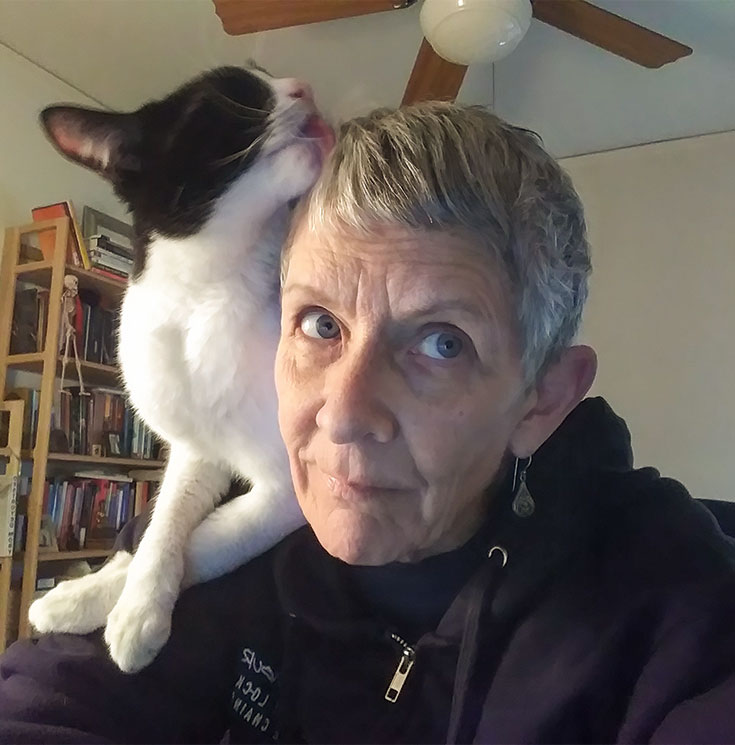
Mary Stancavage
Although I had been in recovery from alcohol and other substances for more than seventeen years, I felt I was at a dead end and could not see a way out.
I had worked a twelve-step program faithfully for years, but something was missing. I was in a lot of pain, whether I admitted it or not, and had hit a brick wall. I no longer used food, alcohol, drugs, or cigarettes to dull my senses, but I had no tools to deal with my feelings. I found myself at an impasse.
It was soon after this that I began a formal Buddhist practice in the Insight tradition. I had dabbled in meditation over the years, practiced yoga, and read some Buddhist books, but nothing had landed in a meaningful way. This dead end was the catalyst I needed to get serious about practice, and it may have saved my life.
I spent my whole life trying to figure things out, rarely doing anything without a deep analysis, which usually led to doing nothing at all.
My father died when I was five and the grief I had stuffed away showed up front and center when I began to sit. After his death, my mother had struggled with depression and schizophrenia. This also had an impact on me, and it began to make itself known during practice. I had resisted these and other uncomfortable feelings all my life, putting them away into little intellectual boxes that could be kept on a shelf. I’d take them out occasionally, point to them, and be quite dismissive about any part they played in my adult world. Now I started to take these traumas seriously and allow myself to experience them.
My years of recovery allowed me to understand how these experiences may have fueled my addictions, but I hadn’t learned how to turn toward the painful feelings and be with them fully. Instead, I created stories about my place in the world. I felt I was always on the outside looking in and eternally inadequate. This fueled a perfectionism in me that became painful because it was unattainable. I spent my whole life trying to figure things out, rarely doing anything without a deep analysis, which usually led to doing nothing at all. Or I’d spend time thinking about what I should or shouldn’t have done in the past.
Unattended feelings and false narratives built a wall around me so vast and thick it seemed impossible to breach, and I’d done everything in my power to keep it that way. I was determined to think my way out of feeling or die trying.
Sitting meditation made me stop. It taught me how to let go of the thoughts and distractions. It let me know there were things underneath the chatter of the mind. It connected me with my body, which had been the enemy for most of my life. It let me experience the first noble truth and acknowledge dukkha, suffering, firsthand. That was not what my mind wanted, but it was such a relief to let go of the conditioning that had fueled my addiction over the years.
The surprise was that the fear of touching grief and sorrow was worse than experiencing them. The wall I’d built was much more painful to maintain than befriending the emotions. It was not necessarily fun or easy, but it really was a simpler way.
For me, it’s the only way. In the years since starting a formal practice, I have continued the journey from thinking to feeling. I also found the courage to seek out therapy, which I would never have done otherwise since it implied imperfection.
I’ve learned that integrating Buddhist practice into my recovery has also been a journey of introducing compassion into my vocabulary, specifically compassion for myself. I believe wholeheartedly in the teachings of nonharming and living the precepts, but applying them to myself has always been a challenge. It was in the middle of a long retreat that I allowed more of the wall to come down. It felt like finally exhaling after holding my breath for decades. I could finally feel the feelings and hold myself with care.
Today, I have not arrived anywhere or accomplished anything, but even more of the wall has fallen away. A commitment to deep intimacy with experience, without preferences, and the willingness to be present for whatever arises, has lessened the desire to build a barrier against feelings that were the root of my addictions.
The main thing is that I have to be intentional about it. Intention is foundational to the practice, and my intention is to live with an undefended heart. This is the way of peace. This is the way of liberation. This is the way of complete recovery.
One Path
When Kevin Griffin combined his recovery journey and his Buddhist practice, both deepened.
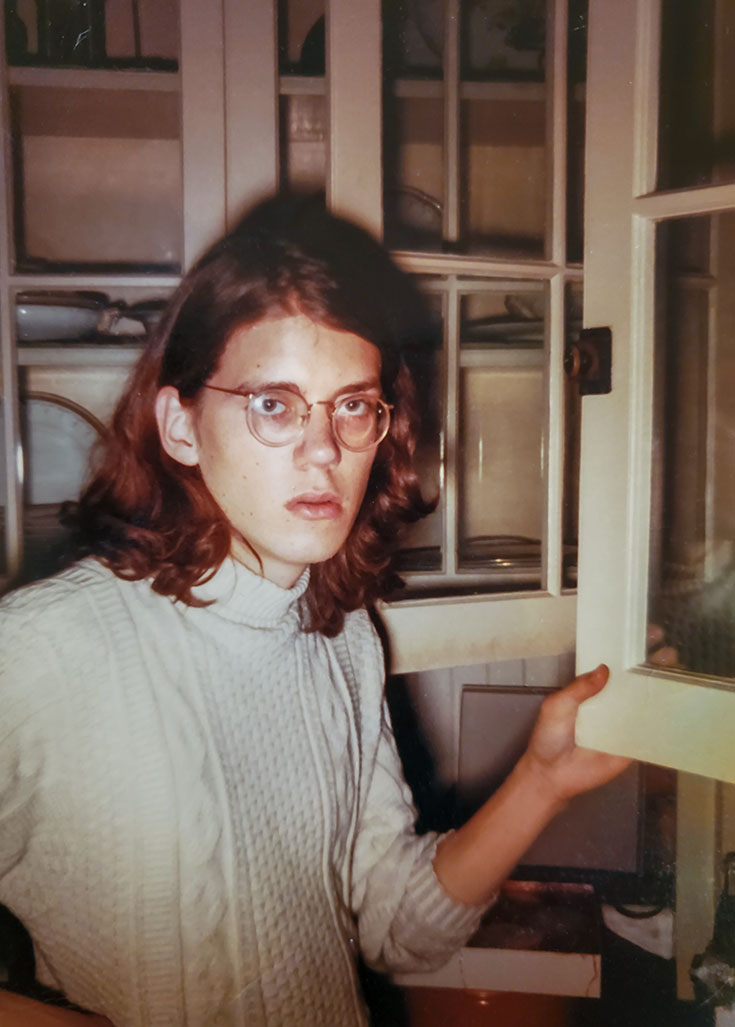
Kevin Griffin
Buddhism didn’t get me sober. I’m not even sure if it helped. I needed the twelve steps to make that change. What Buddhism did do was give me a path that then sustained and deepened my recovery over almost four decades.
I was practicing Vipassana for five years before I got sober, although my practice was pretty deluded. It started out okay, but soon degenerated into a lot of magical thinking. When I finally got clean and sober (quitting alcohol and drugs), my meditation practice took on a more practical purpose: maintaining enough clarity and calm to hang in with the early days of recovery. But pairing my understanding of Buddhism with the twelve steps took a while. In 1985, the dharma world and recovery world didn’t have much contact with each other.
At first, I couldn’t see how the language of the steps—powerlessness, higher power, inventory, amends, etc.—fit with Buddhism. Even though I’d been on some long retreats, I didn’t really understand the underlying meaning of Buddhist teachings. So at that point, I just thought I better keep the two apart. I knew I needed to stay sober, and I loved dharma practice, and in some way, I was almost afraid of letting them blend for fear I’d lose one or the other.
While a Buddhist center might look alien or intimidating to someone in a twelve-step program, the fact that there was someone there who understood their condition made them feel more welcome.
For some time, I was able to skim over the surface of the God language in the steps. I kind of surrendered to it without giving it too much thought. I really just needed to rebuild my life, so I didn’t think it was worth worrying about whether there was a God or not. I had bigger problems to face. An aging rock musician, I knew I had to find another career. A high school dropout,
I realized getting some schooling might help. A failure at relationships, I wanted to learn how to sustain intimacy with a partner.
It was only at around six or seven years sober that I really started to question what my spiritual path was. If I identified as a Buddhist, how did that fit with “turning your will and your life over to the care of God,” as the twelve steps required? So began the next phase of my recovery and my Buddhist practice. I discovered that the foundation of moral conduct I’d developed with the twelve steps was a great foundation for Buddhist practice. My meditation and my understanding of the dharma began to penetrate much deeper than it ever had. At the same time, having used the steps for some years, I’d come to see the subtler undergirding of that program. Now I could embark on the project of finding parallels and intertwining these two paths.
Looking back, it’s interesting to see how these questions, and the challenges the two paths presented, forced me to reflect in ways I would not have done otherwise. Without my addiction and subsequent recovery, and especially without the theism of the twelve steps, my Buddhist practice would likely have followed a conventional trajectory. The need to reconcile these apparently conflicting approaches to spiritual life turned out to be an opportunity.
Dealing with addiction made me much more cognizant of the importance of sila—right or moral conduct—in Buddhism. The idea of dharma as a higher power, which Buddhadasa Bhikkhu pioneered, gave me a sense of the significance of following the eightfold path I didn’t understand previous to recovery. When your practice is a life-or-death struggle, it raises the stakes in ways a nonaddict may not experience.
Eventually, when I was invited to teach, I came to see myself as a bridge between people in recovery and the dharma. While a Buddhist center might look alien or intimidating to someone in a twelve-step program, the fact that there was someone there who understood their condition made them feel more welcome. At the same time, the growth of a distinctly Buddhist approach to recovery has allowed people who are alienated by the twelve steps to still find a path to sobriety.
Today, these two paths I wanted to keep apart are so integrated into my understanding that it is difficult for me to talk about one without referencing the other. The four noble truths seem like a description of the problem of addiction and its eventual solution. Suffering is caused by craving; I’m powerless over that craving. That means I need to find a power “greater than myself” to deal with my addiction. And so I “turn my will and my life over” to the power of the dharma, the path of awakening.
What could be more perfect than that?

 MikeTyes
MikeTyes 







